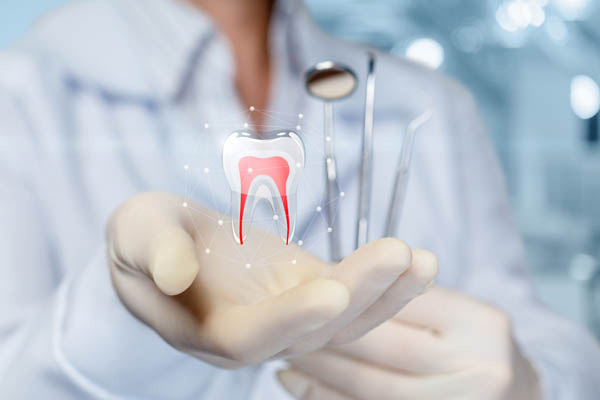What patients should know about dental bonding
When a cosmetic dentist performs dental bonding, the dentist applies a tooth-colored resin to the teeth and then hardens the material by using a light made for this purpose. As the material hardens, it becomes bonded to the tooth, which keeps the material in place.
Uses for dental bonding
Dental bonding can be used to correct issues with the teeth or to change the appearance of the teeth to meet the patient's aesthetic goals. Dentists perform tooth bonding procedures for multiple reasons:
- Repair chipped, cracked, or decayed teeth
- Cover stained teeth
- Give teeth a longer appearance
- Cover gaps between teeth
- Alternative to amalgam fillings
- Cover a tooth root exposed by receding gums
How dental bonding is performed
If bonding is being done to fill a cavity or change the shape of a tooth, the tooth may need to be drilled before the bonding procedure. Otherwise, the cosmetic dentist begins the process by selecting a resin color that matches the shade of the natural teeth. The dentist then roughens the tooth surface and applies a conditioning liquid to make it easier for the resin to adhere to the tooth. Next, the dentist applies, molds, and smooths the resin into the chosen shape. A bright light or laser is then used to harden the resin. Finally, the dentist shapes and trims the hardened material to achieve the desired result and match the appearance of the natural teeth. The entire process usually takes between 30-60 minutes but may require more than one visit if multiple teeth are being bonded.
Advantages of dental bonding
Dental bonding is often less expensive than veneers or crowns because the material can be molded and shaped in the office by the dentist, rather than manufactured in a lab. The procedure also requires less removal of tooth enamel. However, dental bonding is not as durable or stain-resistant as veneers, crowns, and fillings. Bonding material typically needs to be replaced or touched up in 3-10 years.
Caring for bonded teeth
The bonding material is not as strong as natural teeth, so patients are advised to avoid activities, such as nail-biting and ice chewing, that could chip the resin. It is also a good idea to limit the consumption of coffee, tea, and wine and avoid smoking because these substances can stain the resin.
Conclusion
The dental bonding procedure involves attaching a tooth-colored resin to the tooth to correct discolored teeth, chips, cracks, or gaps. While the material is not as resilient as some other alternative treatments, the procedure is quick, usually less expensive, and with proper aftercare, can last up to 10 years.
Request an appointment or call McCarthy Dentistry at 740-546-5178 for an appointment in our Marietta office.
Recent Posts
Seeing a new dentist for general or cosmetic dentistry can be an anxiety-inducing experience, especially if your appointment is for something new or for something that you are not familiar with. If you are visiting a cosmetic dentist for the first time, it can be helpful to learn a little bit about what this field…
A beautiful smile can be a powerful asset. It can affect first impressions, social interactions, and even your self-esteem. A cosmetic dentist improves the look of teeth and provides solutions to turn ordinary smiles into extraordinary ones. The treatment options typically depend on your preferences and needs.Patients looking to transform their smiles can book an…
A cosmetic dentist can repair your cracked tooth. This dental damage can result from an injury or accident. Correcting the situation is possible with the right treatment. Here are the details on how your cosmetic dentist can treat your cracked tooth.These thin shells cover the front side of the teeth. The cosmetic dentist can use…


